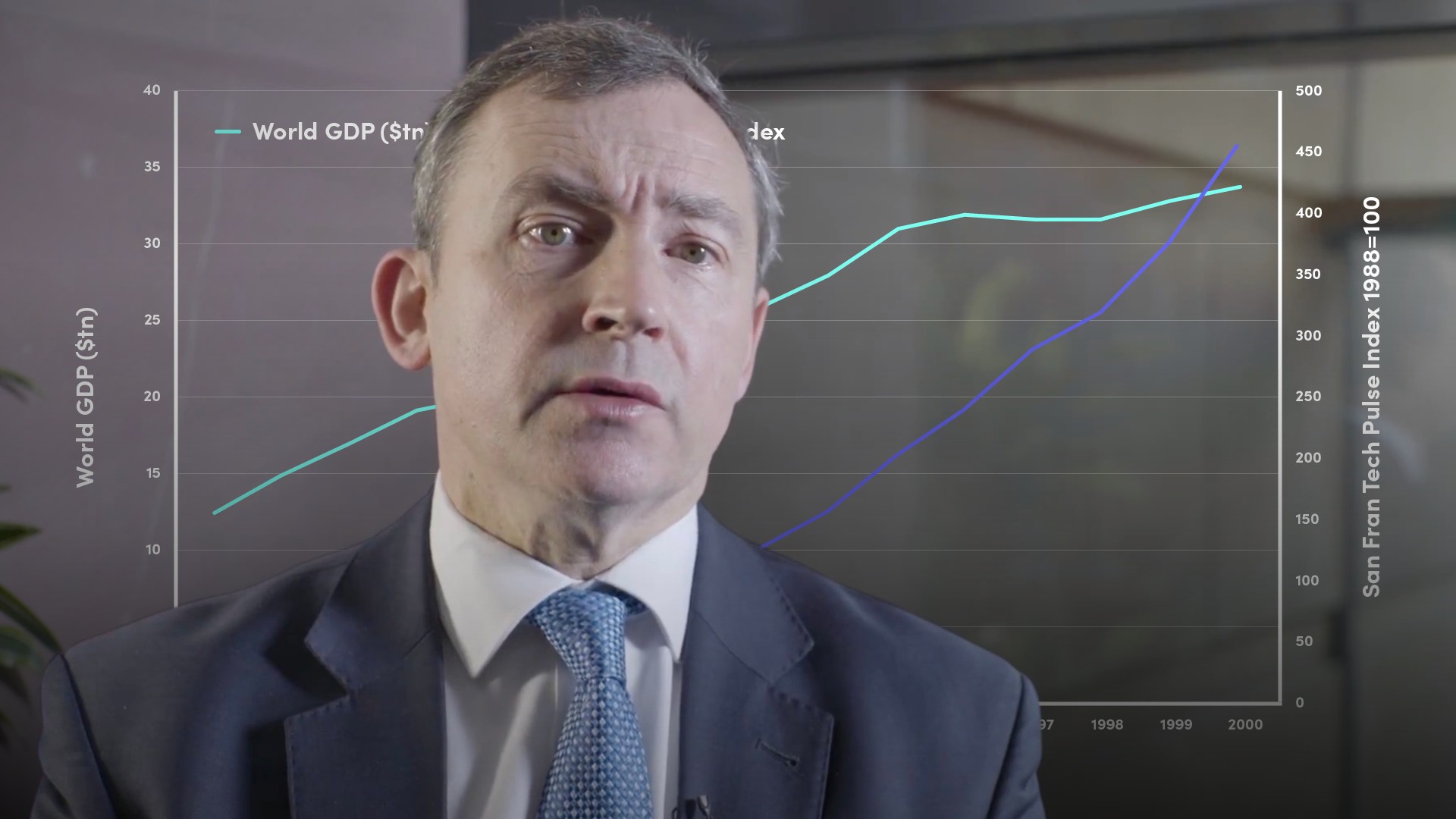
The History of Bank Capital Requirements

Tim Skeet
35 years: Debt capital markets
Tim outlines the changes that have been made to capital requirements for the financial institutions, starting with the publication of the Basel Capital Accord in 1988.
Tim outlines the changes that have been made to capital requirements for the financial institutions, starting with the publication of the Basel Capital Accord in 1988.

The History of Bank Capital Requirements
18 mins 5 secs
Key learning objectives:
Describe the basis of the Basel I capital standard
Identify how Basel II furthered the work of Basel I
Learn the new elements that Basel III introduced
Recognise the additional elements that Basel IV introduced
Overview:
Several iterations of bank capital standards have been published in recent decades under the guidance of the Basel Committee on Banking Supervision (established under the auspices of the Bank for International Settlements). Starting with what has come to be known as Basel I, these standards have introduced ever-more sophisticated and detailed rules designed to ensure banks hold sufficient high-quality capital and liquid assets and retain access to funding in a crisis.
Explain the basis of the Basel I capital standard
- It set a minimum level of bank capital at 8% of risk-adjusted assets
- It created a methodology for defining risk categories for bank assets and weighting them for capital measurement
- It established risk-weighting layers to enable banks to measure capital against the 8% requirement:
- Government debt had a risk-adjusted weighting of 0% (so required no capital backing)
- Assets such as secured mortgage loans were set at 50%
- Corporate loans required 100%
- It defined what sort of capital qualified in order to meet the 8% minimum:
- At least half should be equity
- The rest could be made up of subordinated debt
How did Basel II further the work of Basel I?
Basel II set out three broad areas or ‘pillars’ of risk supervision and control:
- Pillar 1 – sector-wide capital standards (i.e. the earlier 8%) set by regulators
- Pillar 2 – supervisory review: supervisors reviewed banks’ Pillar 1 calculations and adjusted as they deemed necessary
- Pillar 3 – higher levels of transparency and disclosure to create market discipline to supplement the work of supervisors under Pillar 2
Basel II also defined ‘operational risk’ (“the risk of loss resulting from inadequate or failed internal processes, people and systems or from external events”), and distinguished this from the riskiness of an asset measured by simple weightings. This version of the accord introduced the idea of the riskiness of assets and how much a bank might lose if assets went bad. Two calculations were adopted to quantify these two components: ‘Probability of Default’ (PD) and ‘Loss Given Default’ (LGD).
Banks were given a choice in how to calculate their risk-weighted assets:
- The ‘Standardised Approach’ – PD and LGD set by regulators using standard metrics
- The Foundation Internal Risk-Based Approach – banks use their own data to track PD but regulators provide standardised LGD metrics
- The ‘Advanced Internal Risk-Based Approach’ – banks use their own data for PD and LGD
What new elements did Basel III introduce?
- Higher levels of Core Capital. The 4% core equity ratio, a.k.a. Core Equity Tier 1 (CET1), under Basel I and II was raised initially to 6% and to 7% in 2019. National regulators can increase this with additional capital buffers
- A Leverage Ratio looking at the actual amount of equity against the gross unadjusted balance sheet, designed to set a floor on the amount of capital
- A Liquidity Coverage Ratio (LCR) to ensure banks have a minimum amount of liquidity to survive 30 days of outflows. Liquid assets are weighted to allow for differing levels of liquidity
- A Net Stable Funding Ratio (NSFR) to ensure banks have a core of longer-term liabilities and are not reliant on short-term funds to fund long-term assets
What additional elements are informally known as Basel IV introductions?
Regulators continue to tweak capital weightings and adjust or fine-tune aspects of the Basel framework. The latest version, informally referred to as Basel IV, was published in December 2017. It further increases capital requirements by setting higher minimum levels through higher risk-weightings. In particular, it sets a higher ‘standardised floor’ so that capital requirements will always be at least 72.5% of the requirement under the Standardised Approach. The changes tighten Basel III’s leverage requirements.
Two important further changes were instigated:
- The insolvency rules for failed banks were radically changed. Financial institutions are no longer treated as normal companies with normal creditor rights. They are subject to a new so-called ‘bail-in regime’ where the ranking of creditors is based on the principle that wiping out lenders (i.e. investors) will recapitalise banks without recourse to taxpayer bail-outs
- Banks are subject to new overall requirements for higher levels of risk-absorbing wholesale funding. Capital rules for major banks are assessed under the Total Loss Absorbing Capital (TLAC) standard, which has been transposed in the EU by Minimum Requirement for Own Funds and Eligible Liabilities (MREL) rules

Tim Skeet
There are no available Videos from "Tim Skeet"

